bfdadmin
bfdadmin
Dr. Brandon Nelson, A Board Certified Physician and Surgeon, Discusses Achilles Tendon Pain
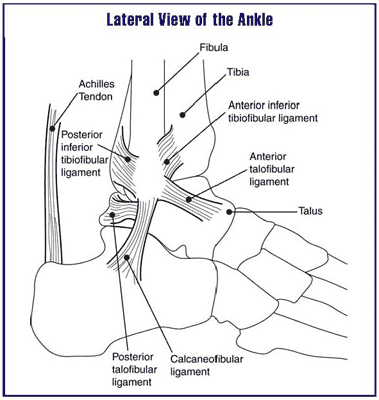
I think for athletes or weekend warriors we have all had the dreaded Achilles tendon pain or tendonitis. I can recall the first time I suffered with it and how long it took to get better. It was a real bummer to be sidelined and put my workouts on hold for this issue. It has been some years now since I have had any recurrence in part to my daily recovery routine. It makes me wonder why it only took me 46 years to figure out the importance of active recovery daily!
The Achilles tendon never has an opportunity to rest when we are up and moving. It is constantly firing for the gait cycle and is the biggest, thickest tendon in the human body with the most cross sectional load. It is no wonder it is commonly inflamed and on average can take up to 6 months to recover from an injury. This being said if you have pain or swelling do not wait to see a physician as the longer you wait the longer the recovery.
The best options to recovery from Achilles tendon issues are to first identify the underlying cause. This can be training errors or foot structure issues or even overall body inflammatory processes. Once these are identified next comes tackling the symptoms, ie swelling and pain. These can be accomplished by many different options but one of my favorites is shockwave. Shockwave utilizes sound waves to break up the inflammatory tissue and increase blood supply to repair the tendon. Once this is accomplished stretching and strengthening are just as important. Long term a program to maintain this tendon is essential. If you are suffering with Achilles tendon pain I can help. Please call 425-391-8666 or contact us online and we will get you on the road to recovery.
Sincerely,
Dr. Timothy Young, a Board-Certified Foot Surgeon Discusses Digital Foot Surgery.
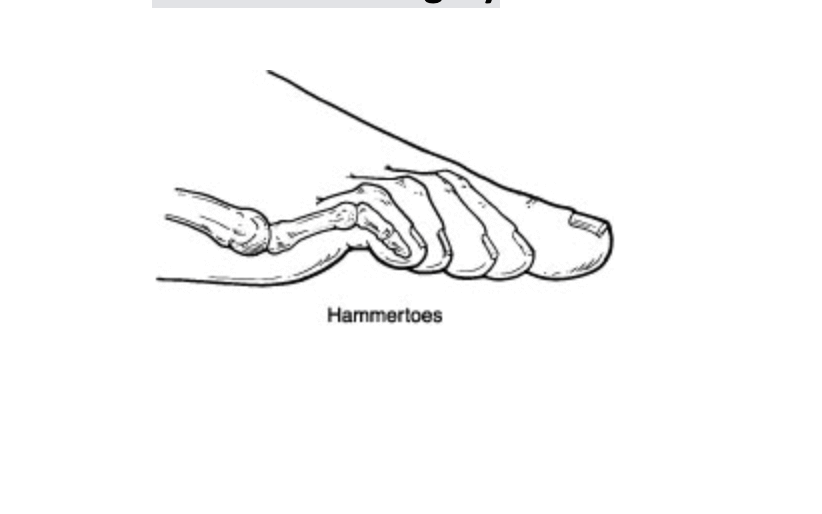
Dr. Timothy Young, a Board-Certified Foot Surgeon Discusses Digital Foot Surgery.
Sometimes during toe surgery, a pin will stick out the end of the toe. And other times, the pin will be buried or covered with skin. As we've discussed previously, it is common to use a K wire or pin during hammertoe surgery or other digital foot surgery. Often times the pin will stick out of the tip of the toe and be visible. When this is done it is very easy when the time is appropriate, for your surgeon to remove the K wire without making an incision in your toe. The advantage to having the K wire covered with skin or buried is that there is no direct pathway for bacteria to travel from the pin into the toe.
Therefore it is okay once you incision has healed to get your foot wet with the buried K wire, but that is not possible when it sticks out of the toe. Also the K wire can be left in this buried position for a longer period of time without pin track irritation or infection. The disadvantage of a buried K wire is that removal will require a minor procedure to remove the pin. Sometimes because there is such a thin fat pad at the tip of the toe, it's difficult to get enough tissue or skin to properly.
If you are experiencing foot or ankle pain, please give us a call at 425-391-8666 or make an appointment online today.
Dr. Timothy Young, a Board-Certified Foot Surgeon, Discusses Why Toes Are Often Pinned During Foot Surgery
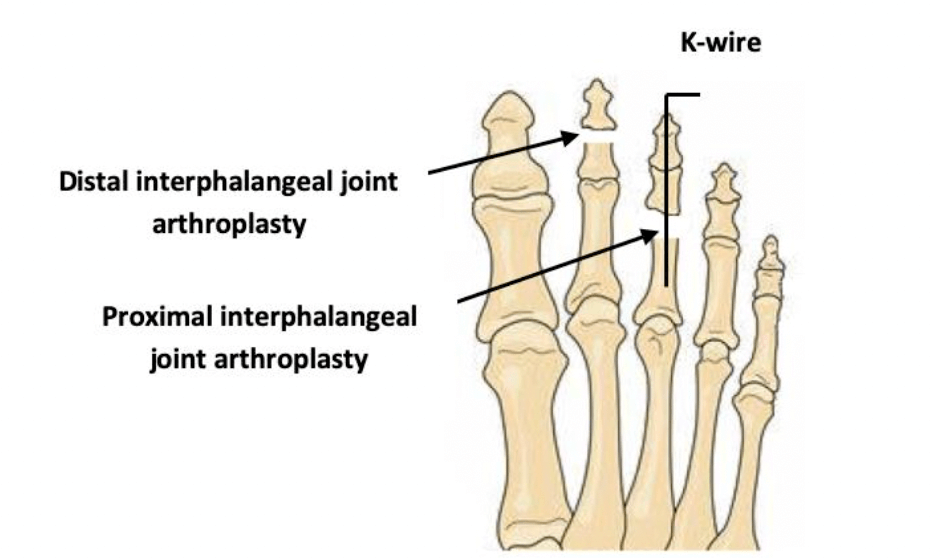
Dr. Timothy Young, a Board-Certified Foot Surgeon, Discusses Why Toes Are Often Pinned During Foot Surgery
Pinning toes (with a K wire) is a common practice with foot surgery. In reality what is called a pin is a Kirschner wire or K wire. The K wire is typically is placed directly within the bones of the toe. The purpose is to hold the toe incorrect alignment. For example in other parts of the body including midfoot, ankle and leg when there's a fracture often a cast will work. But one can not effectively cast a toe. Therefore pinning a toe is an excellent option that holds it stable to allow for the correct healing and the correct alignment to be maintained during the postop time frame. For example, a patient with a hammertoe will have a contracture and adaptation of the proximal interphalangeal joint or the first knuckle within the toe.
This bone has to be surgically remodeled to allow for realignment. Once the bone remodeling is done, rather than just putting a bandage on the toe, a K wire is used in the toe to make certain that the correction and alignment are maintained exactly as necessary and so that the postoperative healing will continue in the correct alignment until that initial healing is adequate. In some cases the toe is actually fused and typically the K wire with stay in between four – six weeks. The closer to the six week timeframe, the higher correlation with long-term successful fusion.
If you are experiencing foot or ankle pain, please give us a call at 425-391-8666 or make an appointment online today.
Dr Brandon Nelson, A Board Certified Physician and Surgeon, Discusses Relief from Neuromas
I see many patients that come in for burning or tingling of the forefoot. Some even relate a stabbing or shooting pain in the front of the foot. Typically they often describe pain that is worse with shoe gear and relieved by taking off their shoes and rubbing their feet. These are very typical symptoms of somebody with nerve pain.
Neuromas are one of the most common causes of nerve pain in the feet, specifically the forefoot. Neuromas occur typically in females between the ages of 40-60, however they are common in men of the same ages as well. The neuromas itself occurs where two nerves in the feet come together. These two nerves are the medial and lateral plantar nerves that are branches of the posterior tibial nerve. They come together to form one nerve in the 3rd interspace of the foot. This is the region between the 3rd and 4th toes.
Most people will present with numbness and tingling. However some patients just present with pain to the toe or toes. Often there can be a change in shoe gear or activities that precipitate the nerve irritation. The prevailing theory is that this nerve is getting mechanically stimulated or crushed by the surrounding structures or the foot, most likely the metatarsal bones. Repetitive irritation leads to the symptoms that we see i.e., numbness and pain.
There are many great options to relieve nerve pain or neuroma pain. However the most important part of that is identification of the cause. It is paramount to see a provider that has experience and expertise in this area. I have been treating neuromas for over 15 years and have many excellent options to relieve pain and neuromas symptoms long term. If you are experiencing nerve pain I would love to help you get your life back. Give us a call at 425-491-8666 or make an appointment online.
Sincerely,
Dr Brandon Nelson, A Board Certified Physician & Surgeon, Discusses Burning & Tingling in the Feet
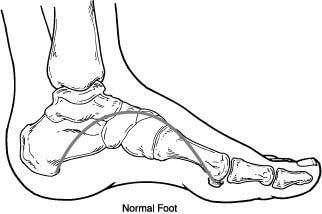
Burning and tingling can be very uncomfortable for anybody, especially when it occurs in the feet. We often think of nerve issues when we hear this type of presentation from a patient. Stabbing, burning and tingling are all sensations that can be attributed to dysfunctional nerves. These types of symptoms can occur with rest or even after exercise. I encourage you to seek help earlier with nerve type pains.
The most common cause of nerve pain is diabetes. Diabetes can cause nerve sensitivity, a term referred to as neuropathy. Most patients with neuropathy, more specifically diabetic neuropathy usually have a long term history of elevated glucose levels. The neuropathy can present in both hands and feet.
Another common cause can be compression issues around nerves. Most people have heard of carpal tunnel, a nerve dysfunction that occurs in the wrist, well you can get the same scenario in the ankle or foot. This happens when soft tissue structures press on nerves and the nerves swell and become inflamed and the usual result is numbness or tingling.
Neuromas are another big cause of burning in the feet. These usually are more common in females and present with ball of foot burning. The most common area affected from a neuroma is the 3rd and 4th toes. Typically we see the pain is better without shoes and can increase with shoe pressure.
If you are suffering from numbness, tingling or burning I can help. Please call and schedule an evaluation today 425-391-8666 or make an appointment online.
Sincerely,
Dr Brandon Nelson
Dr. Brandon Nelson, A Board Certified Physician & Surgeon, Discusses the Best Bunion Surgery Available
Bunion surgery has been performed for over 100 years. There have been many adaptations and changes since the first bunion surgery. There are now over 150 different techniques to address bunion deformities. It should be noted the majority of these can be divided up by anatomical location. We now classify bunion surgery as either a head procedure of a base procedure. Head procedures refer to operating on the head of the first metatarsal (out towards the toes) and base at the base of the first metatarsal (or near the arch).
The decision on which bunion procedure to utilize typically involves the size of the bunion and the underlying foot type. Typically we see smaller bunions are amenable to head procedure and large base procedures. However it should be noted that certain foot types will require base procedures for even small bunions. The goal for bunion surgery is to have lasting results and reproducible results.
I personally perform a lot of Lapiplasty type bunion surgeries. I find these have great long term results and provide incredible corrections. The recovery from the Lapiplasty is longer than a head procedure but the results can be much better. If you suffer from a bunion and would like to have it fixed schedule and appointment today, I can help. Give us a call at 425-391-8666 or make an apppointment online today.
Sincerely,Dr. Brandon Nelson
Dr. Brandon Nelson, A Board Certified Physician & Surgeon, Discusses Heel Pain, Sore Heels and Heel Pain Treatment

Heel pain can have many causes and can be extremely challenging for all patients. Not all sore heels are caused by plantar fasciitis and it is important to understand the underlying cause. Identifying the underlying cause will help to assure patients get the best treatment options. Even with many other causes of a severe heel pain, the number one cause continues to be plantar fasciitis.
Plantar fasciitis is basically an inflammatory process of the main supporting network of the foot. The primary cause of inflammation seems to be overuse and repetitive stress. The plantar fascia in general has a relatively poor blood supply and this can lead to chronic inflammation. Once we see chronic inflammation set in it can become extremely difficult to reduce pain and resolve one's heel pain.
Heel pain treatment options are vast. It really boils down to what the primary cause of the heel pain was and the activity level of the patient. I like to break it down to foot structure and rear foot pathologies. What I mean by foot structure is does the patient have a high arched foot or a low arched foot. Is there a lot of pronation that occurs with ambulating or overloading of the foot? Rear foot pathology can have a large effect on heel pain. Is there a tight calf muscle or is there a dysfunctional supporting tendon? The best long term outcome and shortest course to a pain free heel is to appreciate the deforming forces.
If you have severe heel pain or pain under your heel or even pain with running I can help! Give us a call at 425-391-8666 or make an appointment online today.
Sincerely,
Dr. Brandon Nelson, A Board Certified Physician & Surgeon, Discusses Best Treatment Options for Hammer Toes

Hammer toes are quite common and can continue to get worse as time progresses. They are often associated with other foot deformities like bunions or flat feet but can be a standalone pathology. There is usually a family history associated with them or an underlying trauma that caused the development of the hammer toe or toes. Additionally, they can occur with over powering of certain tendons in the foot. The majority of hammer toes will require surgical care but some can be managed with padding and strapping.
Conservative care of hammer toes can be helpful especially during the initial development. There are several techniques for tapping hammer toes and even straps and splints that can be purchased to help control the toes. It is also advisable to stretch the calf and not go barefoot. However the vast majority of hammer toes will get worse and eventually require surgical intervention.
Surgical care for hammertoes can be divided into two types of procedures, soft tissue and bone. The determining factor for which procedure is appropriate is based on the clinical exam of the toe and the patient. Release of the long flexor tendon can be helpful in controlling the hammering digit as long as it is a flexible deformity. We often see this in the pediatric or geriatric patient as the hammer toes first develop. The longer the hammer toe is present the more likely bone work will need to be done. The most common procedure is a resection of the phalangeal head of the affected digit. Hammer toe surgery done in isolation allows for full ambulation after the procedure.
If you have hammer toes or other digital deformities I can help. Give us a call at 425-391-8666 or make an appointment online today.
Sincerely,
Dr. Timothy Young, a Board-Certified Foot Surgeon Discusses Porokeratosis Lesions
These lesions also can be in a non weightbearing portion of the foot such as the heel. These lesions can be challenging to treat. There is some preliminary data that the Swift treatment (Microwave Verrucae treatment) can help reduce the pain from these lesions and in some cases, there can be reduction or resolution of the lesions. Surgical excision of the porokeratosis lesions is another treatment option. Larger lesions can be surgically removed, and a plastic surgical technique called a rotational flap is utilized to repair the deficit left after removal of the larger lesions.
If you are experiencing foot or ankle pain, give us a call at 425-391-8666 or make an appointment online today.
Dr Brandon Nelson, A Board Certified Physician & Surgeon, Discusses How the Lapiplasty Procedure Works
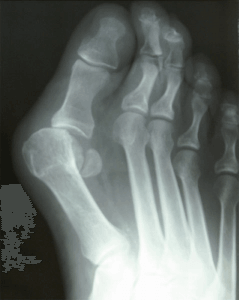
The Lapiplasty has seen a lot of attention in recent literature. It seems to be moving to the forefront of foot surgery and is showing promising results. It has shown to be a reproducible bunion surgery that has great long term results. I find the procedure to be highly successful and utilize it weekly in my bunion surgeries.
Lapiplasty is a surgical technique and instrument set that allows surgeons to decrease operating time and help patients return to activities much more quickly. It utilizes a technique that has been proven to be one of the best corrective measures for bunions. It also provides for great fixation of a bunion and maintains flexibility of the big toe joint.
My experience with the Lapiplasty has been positive. It makes the correction of the bunion much easier and reproducible. It allows for precise bone cuts and easy options for fixation of the bone. I find it extremely helpful for young patients and decreasing the chance of recurrences. The overall recurrence rate seems to approach about 3%. If you have a bunion and would like a consultation for a Lapiplasty please contact my office. Give us a call at 425-391-8666 or make an appointment online today.
Sincerely,



